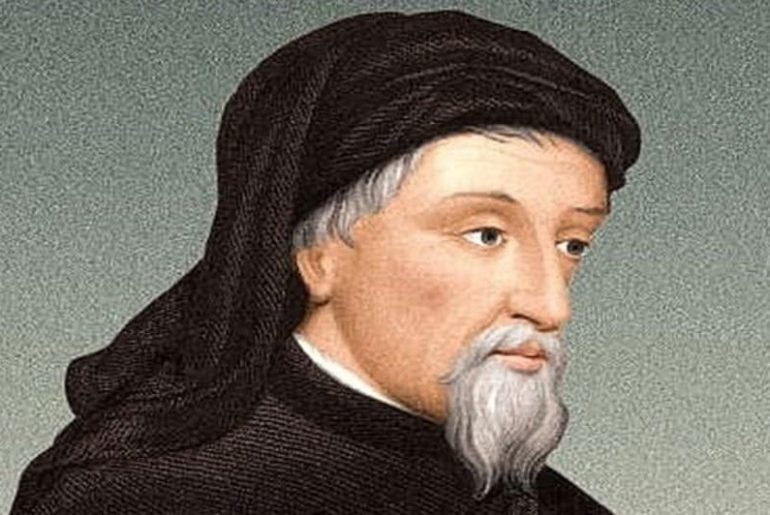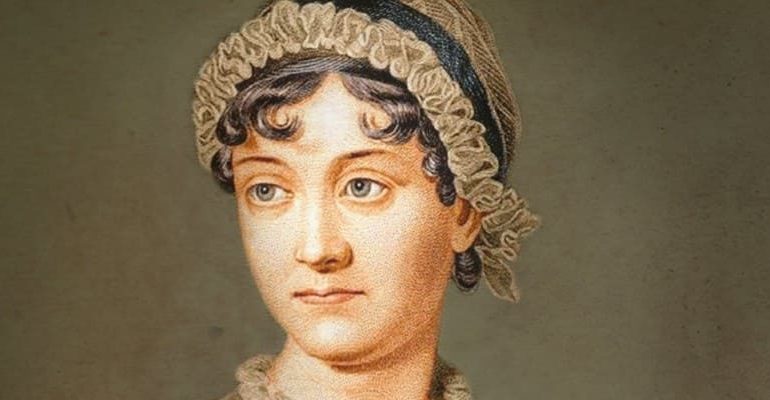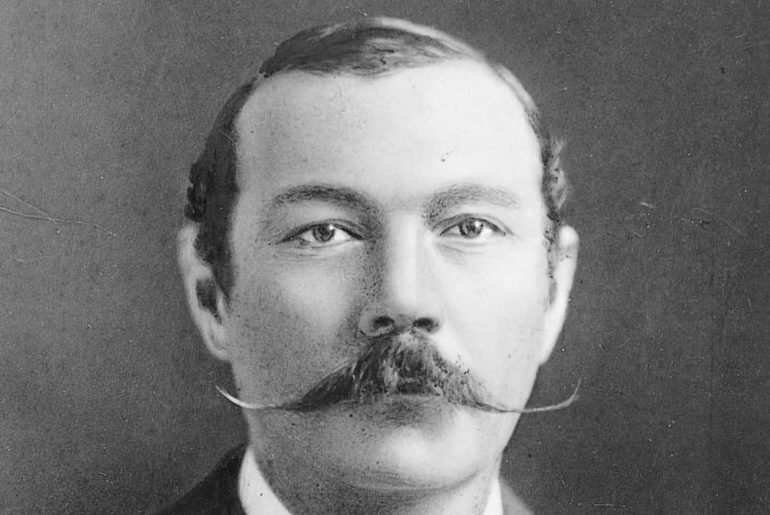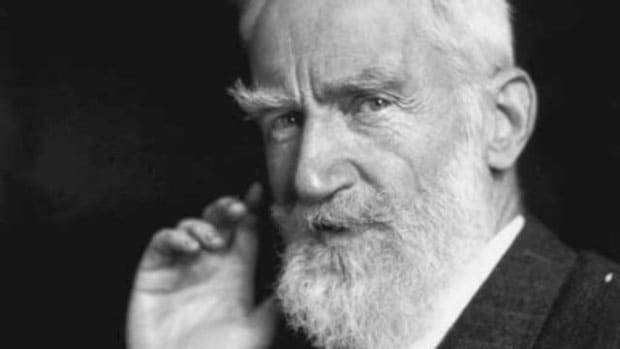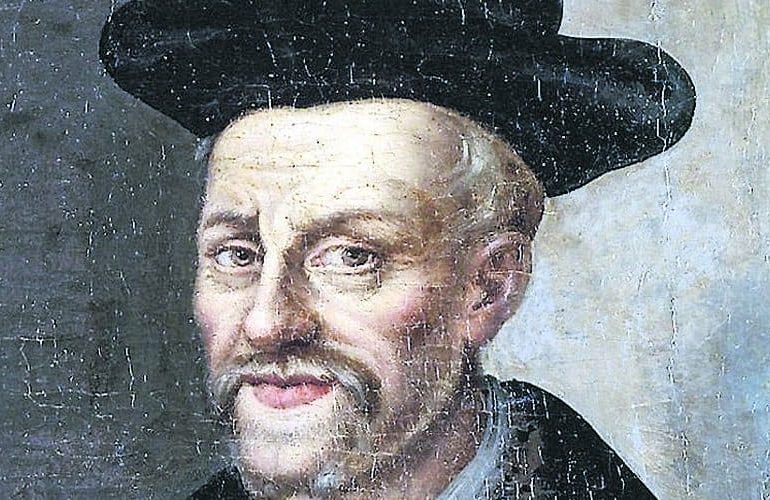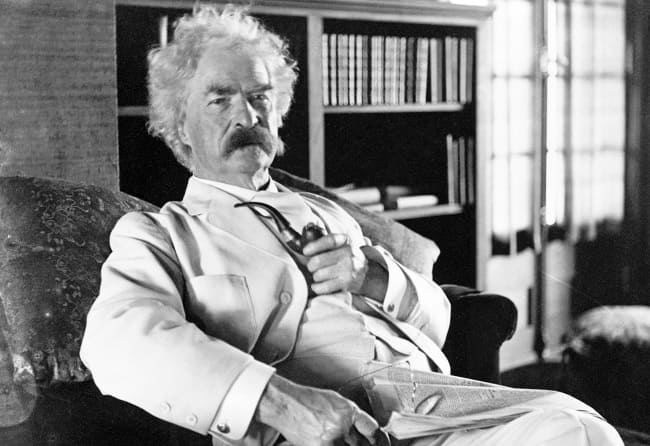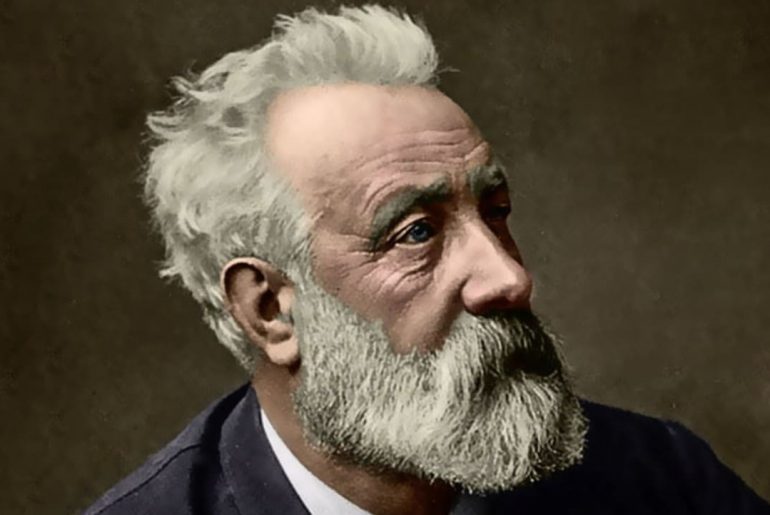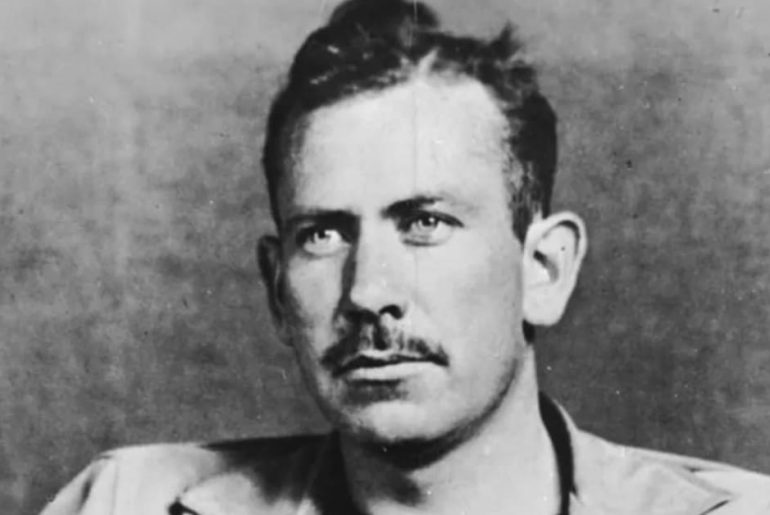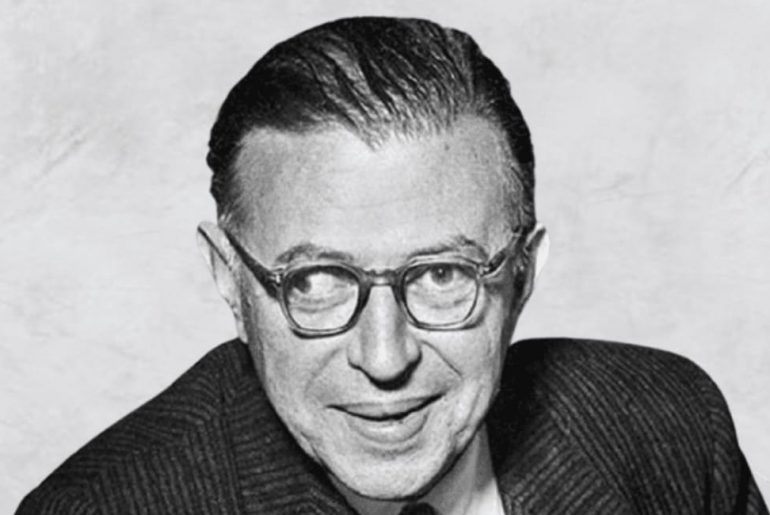Geoffrey Chaucer (1343 – October 25, 1400). He was born in London, England. Writer, philosopher, diplomat and poet, his father was John Chaucer a wine merchant or vintner who provided for the court, his mother was Agnes Copton.
Chaucer attended St. Paul’s Cathedral School where he focused on Latin grammar, learning Latin and Greek, later studying law at the Inns of Court, working for court personalities such as the Countess of Ulster , wife of Prince Lionel, third son of Edward III, of whom he was a page in 1357 and later worked for Edward III of England as a squire. By the end of the 1360s he married Philippa Roet (1366), one of the queen’s ladies-in-waiting, with whom he had two children.
In 1359 he participated as a soldier in the Hundred Years’ War; Geoffrey Chaucer worked in various diplomatic posts, between 1374-1386, he was a customs inspector in the port of London, around 1385 he served as justice of the peace in Kent, the following year he was appointed parliamentarian (1386), between the years 1389 and 1391 he was in charge of the royal gardens and palaces. In 1387 his wife Philippa Roet died.
In addition to his work as a parliamentarian, he was in charge of various diplomatic missions, in which matters such as trade agreements were discussed, among the countries in which he carried out these tasks are Spain, France and Italy, these missions covered the period of time between 1372 and 1378.
Work of Geoffrey Chaucer:
His first work was an elegy written for John of Ghent protector of Chaucer, on the occasion of the death of his first wife, the work appeared under the name “The Book of the Duchess”.
Among the works published by the author are: the translation of the Roman de la Rose, The Book of the Duchess (The Book of the Duchess, around 1374); The House of Fame (The House of Fame, 1378 -1380), incomplete work of the author; Annelida and Arcite (Anelida and Arcite) poem written by the end of 1370, has more than 357 lines, in this the author tells the story of the courtship of Annelida, Queen of Armenia; The Parliament of the Birds (Parlement of Foules) poem to which the view of Valentine’s Day is credited as a special day for lovers; Troilus and Crésida (Troilus and Criseyde, 1383-1385) a poem that has more than 8,000 verses, this work is the second most outstanding after The Canterbury Tales, in these Chaucer tells the story of an unhappy love, which occurs in the framework of the Trojan War. He published in 1386, The Legend of Good Women, a long poem that the author did not finish.
The Canterbury Tales:
His most famous work is The Canterbury Tales (The Canterbury Tales, 1378-1400) a work in which the influence of Dante and Boccaccio is reflected, this work is a collection of stories inspired by the Decameron, this collection of stories takes place in what constitutes a pilgrimage to Canterbury Cathedral, the book has 24 short stories.
In this collection are the following stories:
- The Knight’s Tale
- Miller’s Tale
- Sheriff’s Tale (The Reeve’s Tale)
- Cook’s Tale
- Magistrate’s Tale (The Man of Law’s Tale)
- The Wife of Bath’s Tale
- The Friar’s Tale
- Tale of the Summoner (The Summoner’s Tale)
- The Clerk’s Tale
- The Merchant’s Tale
- The Squire’s Tale
- The Landowner’s Tale (The Franklin’s Tale)
- Physician’s Tale (The Physician’s Tale)
- Tale of the bulero (The Pardoner’s Tale)
- The Shipman’s Tale
- The Prioress’s Tale
- Sir Thopas’ Tale (Sir Thopas’ Tale)
- Tale of Melibeo (The Tale of Melibee)
- The Monk’s Tale
- Tale of the Chaplain of Nuns (The Nun’s Priest’s Tale)
- Tale of the Second Nun (The Second Nun’s Tale)
- The Canon’s Yeoman’s Tale
- The Bursar’s Tale (The Manciple’s Tale)
- Cleric’s Tale (The Parson’s Tale)
In addition to publishing works of his own inspiration, Chaucer, he also made translations and adaptations of historical, philosophical and religious works, among others, among his translations is the life of Saint Catherine, the translation of the book of Boethius, (De consolatione philosophiae) , the writer also ventured into the world of astronomy by writing a Treatise on the astrolabe (A Treatise on the Astrolabe, around 1392).
Geoffrey Chaucer revealed himself as a great artist, capable of covering a large number of themes, his narrations contain great vivacity and depth when it comes to reflecting the human character, the writer endowed his characters with humor, malice and insight, Chaucer has He is recognized for his contribution to the popularization of vernacular English in literature to the detriment of French, Italian and Latin.
The last years of his life, he lived in the vicinity of Westminster Abbey, when he died on October 25, 1400, he was granted the honor of being buried in the abbey, which is now known as Poets Corner of Westminster Abbey. or the zone of the poets; Geoffrey Chaucer was the first poet buried in this area.
Why is Geoffrey Chaucer famous?
Geoffrey Chaucer is considered one of the first great English poets. He is the author of such works as The Parlement of Foules, Troilus and Criseyde, and The Canterbury Tales. Humorous and profound, his writings show him to be an acute observer of his time with a deft command of many literary genres.
Why did Geoffrey Chaucer write The Canterbury Tales?
The tales could be described both as social realism and as estates satire. At the same time that Chaucer takes care to honestly show the perspective of each of his characters, he also aims to critique the hypocrisy of the church and the social problems posed by Medieval politics and social custom.
When was Geoffrey Chaucer famous?
In 1387, he began his most famous work, ‘The Canterbury Tales’, in which a diverse group of people recount stories to pass the time on a pilgrimage to Canterbury.
Why is Geoffrey Chaucer considered the father of English literature?
Ever since the end of the 14th century, Chaucer has been known as the “father of English poetry,” a model of writing to be imitated by English poets. “He was one of the first poets of his day to write exclusively in English (his contemporary John Gower, for example, wrote in Latin, French, and English).
Which innovation is attributed to geoffrey chaucer?
Geoffrey Chaucer is the inventor of metrical innovation. It influenced English poetry and became a standard poetic meter. The metrical foot involves the use of the five-stress line, or iambic pentameter, arranged into rhyming couplets.
When was geoffrey chaucer born?
1340 is customarily given as Chaucer’s birth date, 1342 or 1343 is probably a closer guess.
What is geoffrey chaucer’s best known work? divine comedy the canterbury tales book of the duchesse
Written at the end of his life, The Canterbury Tales is Geoffrey Chaucer’s best-known work. It is a collection of 24 stories told by a group of 30 pilgrims who travel from Southwark to Canterbury to visit the shrine of Thomas Beckett. Chaucer did not complete the work before he died.
What was geoffrey chaucer masterpiece?
The Canterbury Tales is Chaucer’s masterpiece, written at the height of his poetic skill. The work is by turns satiric, tragic, ribald, and comic, varying from tale to tale.


